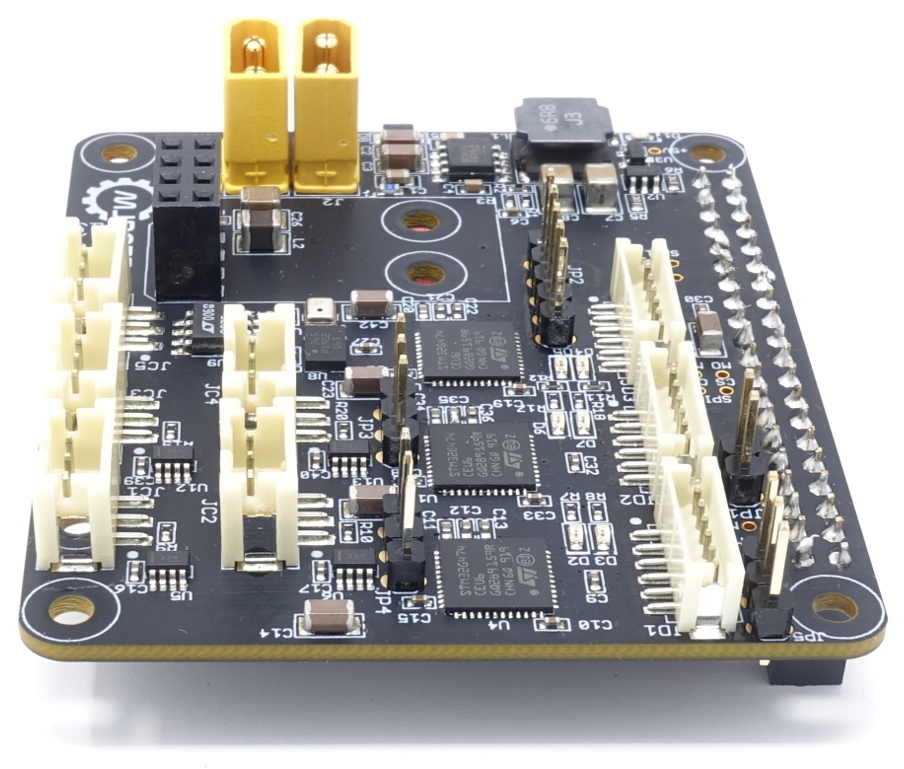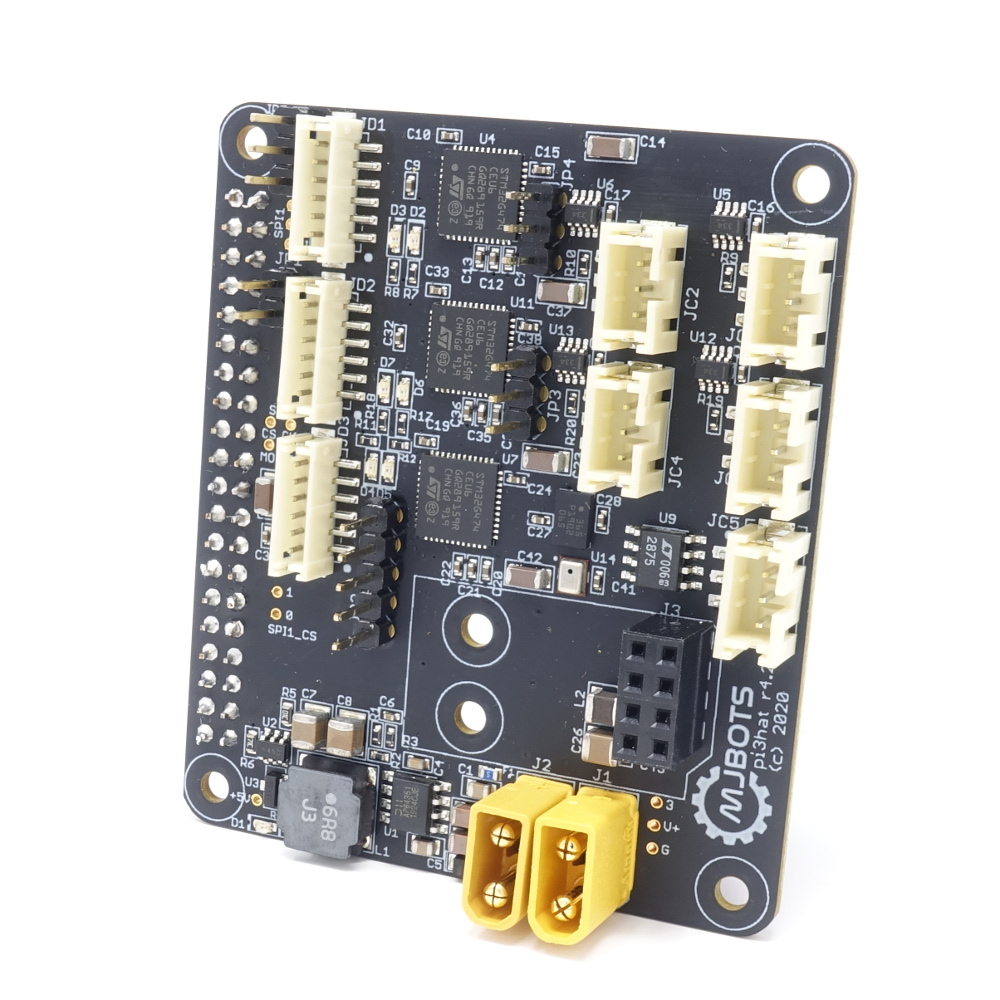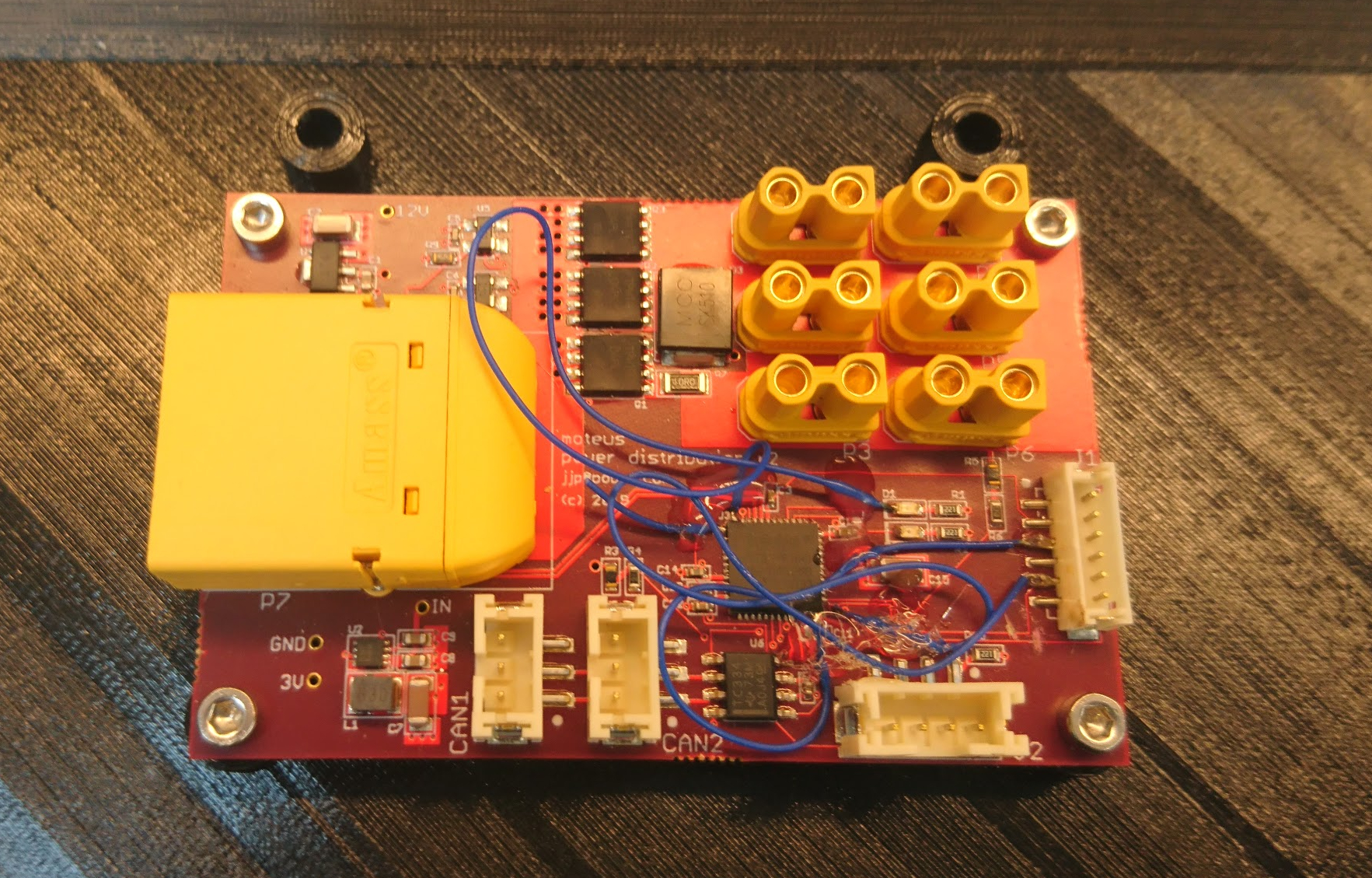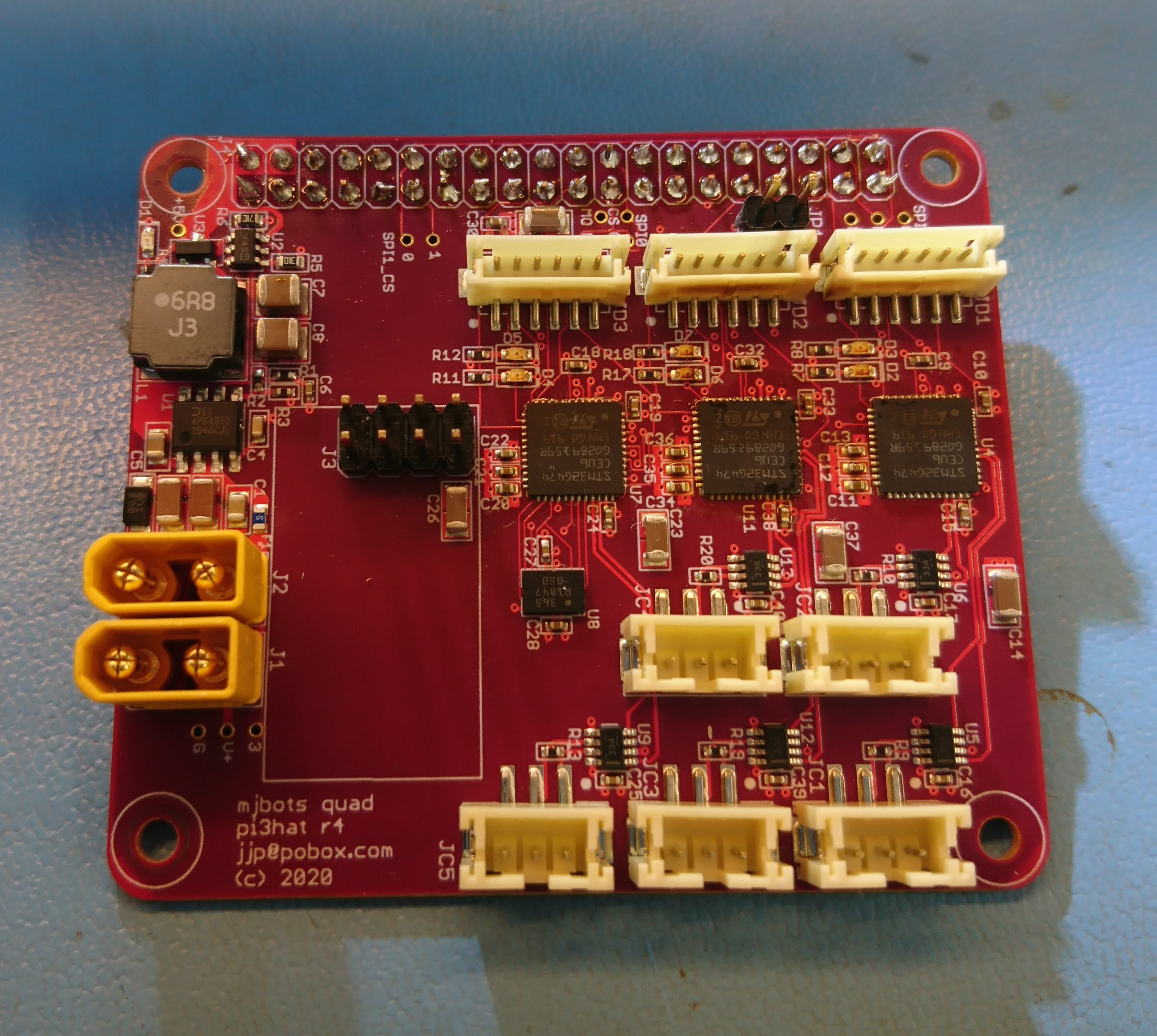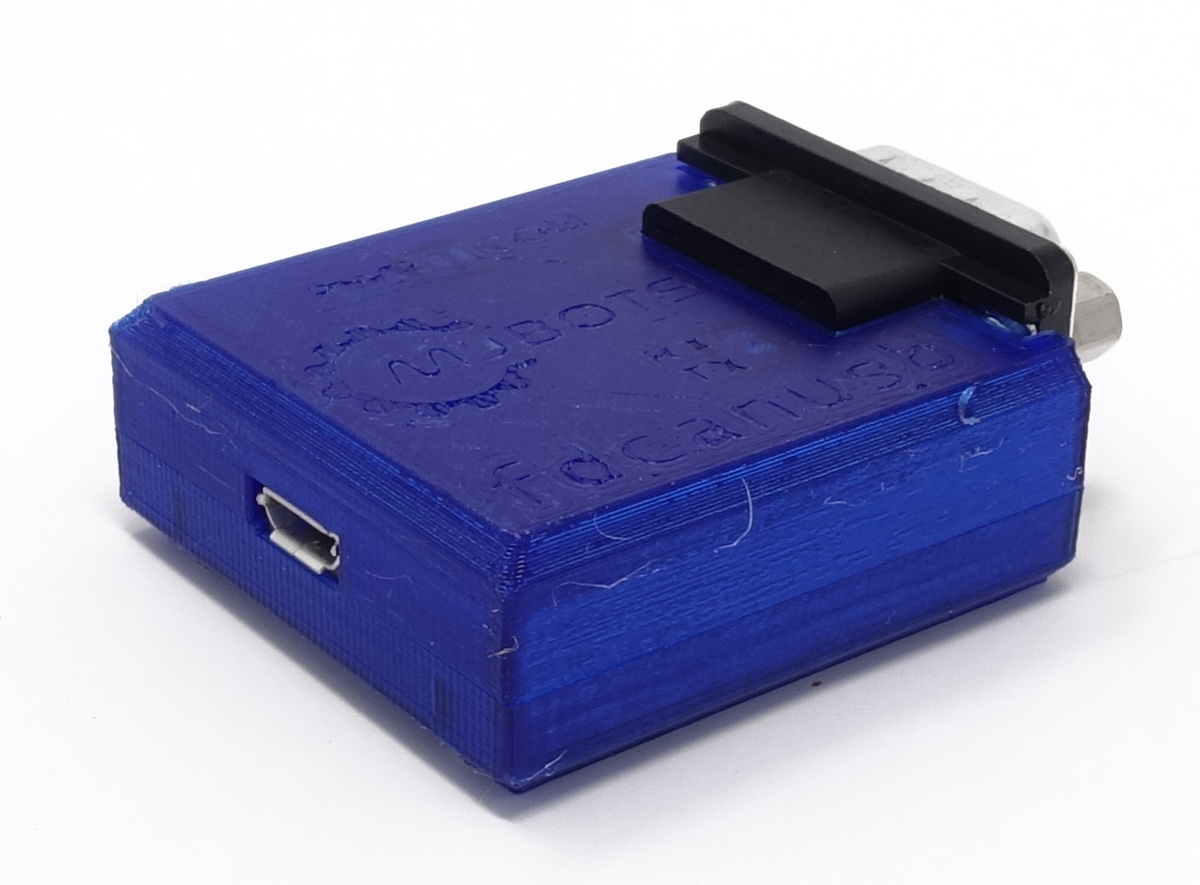moteus and socketcan
Various users have been trying to use lower-cost Raspberry Pi CAN-FD adapters for the moteus controller for some time (like this one from Seeed), but have had problems getting communication to work. I buckled down and went to debug the problem, discovering that the root of the issue was that the linux kernel socketcan subsystem calculates very sub-optimal CAN timings for the 5Mbps bitrate that moteus uses. This results in the adapters being unable to receive frames sent at the actual 5Mbps rate, but instead only slightly slower.

